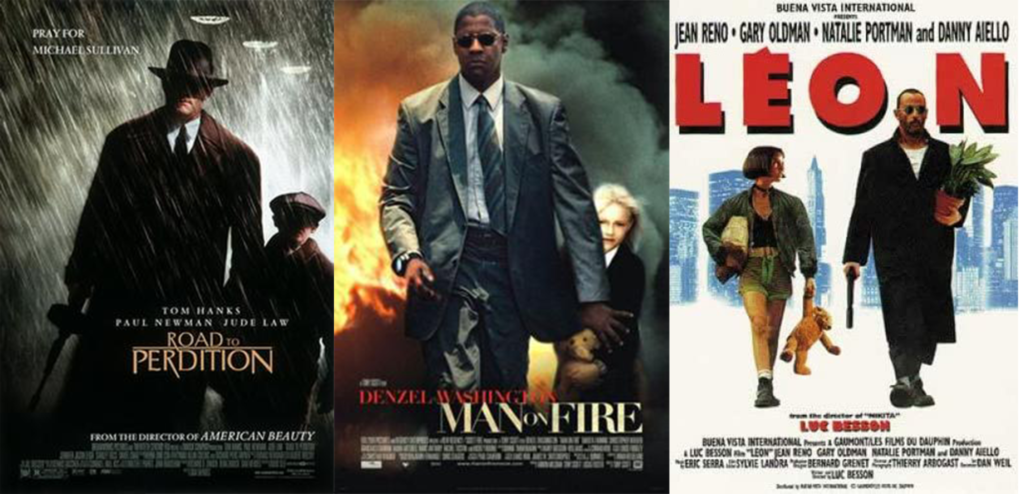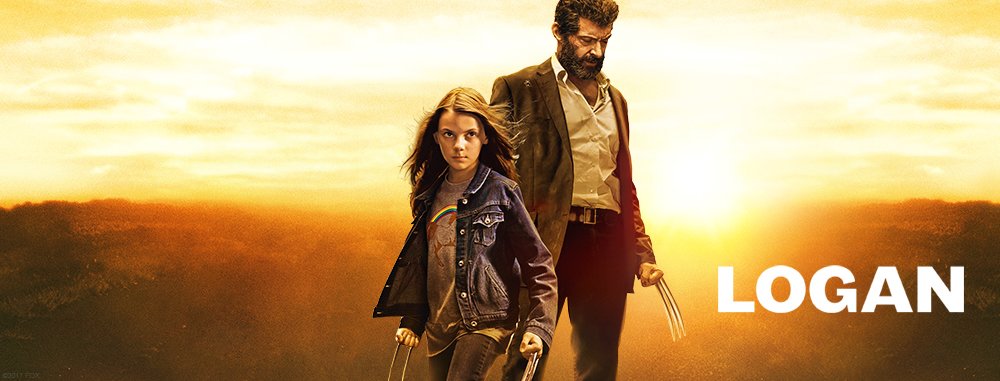
A scene from “Extraction.” Photo courtesy of Netflix.
Our hero is an experienced killer. He’s been on countless missions across the world for untold years. He’s taken lives, seen the lives of his friends taken, maybe he’s even lost his family. The years inundated with blood have hollowed him out, they’ve ebbed away at his soul like a stream wearing down a boulder over thousands of years until there’s little left but calloused hands (and crazy good muscle memory).
Our hero isn’t good at much — he can’t maintain a relationship, he drinks too much, he’s callous, and he’s borderline if not completely suicidal — but he’s good at killing. He handles weapons like they were an extension of himself, and he takes lives like a conductor directing a symphony. Ironically, this dark passion only digs him deeper into that hole, rooting out his humanity life by life.
Until he meets the kid.

After all those years of violence, our hero has forgotten what it’s like to be a living, breathing man. He feels like something of an animal now — or worse, a ghost. But as he stripped away all of the good things in his life, he also stripped away all the fat; his life is pretty simple, really. And in that simplicity, he relates to this child. Through conversation that he couldn’t have with adults, he realizes how simple most problems are, if you’re able to articulate them in the right way.
The child then reignites something in him — reminds him, at the most basic levels, what it means to be a human being again. What it means to laugh, or to find something interesting or beautiful.
And just when that relationship turns into something meaningful, the child is put in mortal danger. Sometimes it’s because the hero’s dark past is catching up with him, sometimes it’s why he was brought to the child in the first place (given that he’s a man of such dark talents). That’s where the journey gets complicated: the hero’s dark skills have to be used for good. For the first time in a long time our hero actually has a noble cause to fight for, but he laments that it means diving back into the bloodshed headfirst.

When you read that, what movie comes to mind? Netflix’s latest action film, “Extraction”? “Man on Fire”? “True Grit,” “Leon the Professional,” “Logan,” or the scenes with the Hound and Arya in “Game of Thrones”?
Just because there are congruent threads to these films does not mean they are unoriginal — in fact, some of these are well respected films and shows. “Road to Perdition” is known by many as a classic, and “The Mandalorian” takes a fresh perspective on this narrative, adding a host of other elements to make the story interesting.
When done poorly, it’s typically just an excuse to have an action film — a reason for our hero to slit throats and stack bodies. When done right, like with any great story, it speaks to our human nature.
First and foremost, it tells the story of a protector. No matter what the political climate is surrounding modern war and violence, storytellers have always seemed to realize that the protector role is not only a staple of the American community, but a staple of human communities throughout history. This is depicted in myriad settings nowadays — a lawyer who takes a stand to protect the downtrodden or a whistleblower who cries out against corruption — different settings, but protectors we resonate with and admire nonetheless.

However, the reason action films are so prolific with this narrative is because the warrior-protector archetype is by far the most raw. As Munny says in “Unforgiven,” “It’s a hell of a thing, killing a man. You take away all he’s got and all he’s ever gonna have.” Defending human life has to come before defending anything else, otherwise they’ll be left with nothing — quite literally.
The protector archetype is so strong in these action films, where someone is charged with protecting/saving another human life, and we resonate with that idea, even if we apply it to a far less dramatic lifestyle of our own.
The “hardcore ex-soldier and child duo” storyline also illustrates the detachment many of us feel when we get disillusioned with life — whether we find ourselves in tough times or we make mistakes and are forced to face the consequences, a small part of us resonates with that detachment. It’s easy to stumble into that bleak outlook on life, to convince yourself that nothing matters. Many soldiers feel this way after years of violence, but plenty of people who never served feel that way, too, even if it’s in a different way. But even during those dark times, we long for that spark to reignite hope in humanity — we long to meet “the child,” though it might come in some other form.
Of course, life is far more complicated than these simple ideas conveyed by action movies, but that’s the point of them — the good ones, anyway. They take an idea, boil it down to its most basic elements, and present it in a way we can digest. How we digest these films — or shows, books, plays, video games — is up to the viewer.

Luke is the author of two war poetry books, The Gun and the Scythe and A Moment of Violence, and a post-apocalyptic novel, The First Marauder. He grew up in Pakistan and Thailand as the son of aid workers. Later, he served as an Army Ranger and deployed to Afghanistan on four combat deployments. Now he owns and operates Four Hawk Media, a social media-focused marketing company.
BRCC and Bad Moon Print Press team up for an exclusive, limited-edition T-shirt design!
BRCC partners with Team Room Design for an exclusive T-shirt release!
Thirty Seconds Out has partnered with BRCC for an exclusive shirt design invoking the God of Winter.
Lucas O'Hara of Grizzly Forge has teamed up with BRCC for a badass, exclusive Shirt Club T-shirt design featuring his most popular knife and tiomahawk.
Coffee or Die sits down with one of the graphic designers behind Black Rifle Coffee's signature look and vibe.
Biden will award the Medal of Honor to a Vietnam War Army helicopter pilot who risked his life to save a reconnaissance team from almost certain death.
Ever wonder how much Jack Mandaville would f*ck sh*t up if he went back in time? The American Revolution didn't even see him coming.
A nearly 200-year-old West Point time capsule that at first appeared to yield little more than dust contains hidden treasure, the US Military Academy said.












